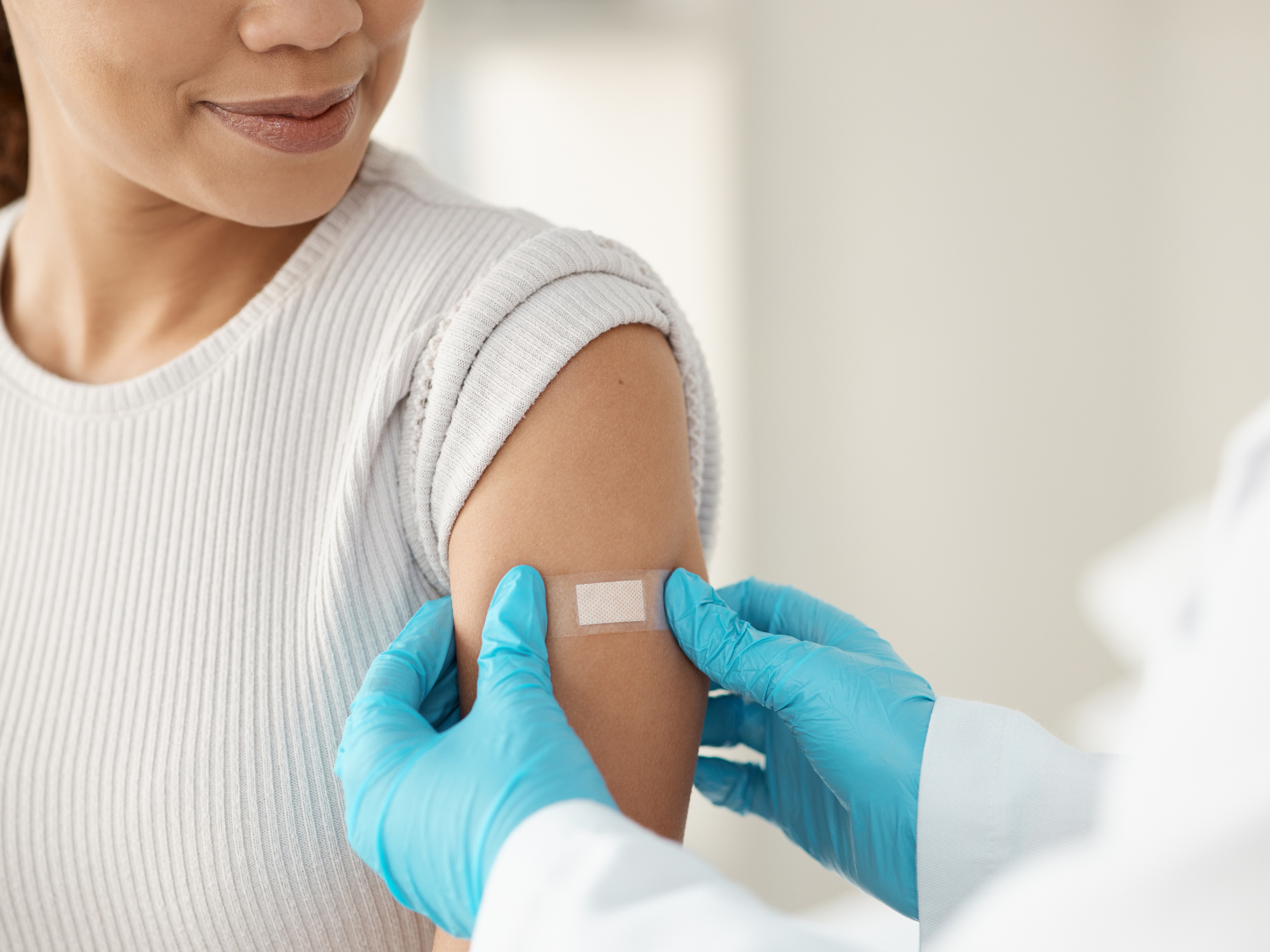健康生活
Hypertension: What You Need to Know About the “Silent” Risk to Your Health
03 七月 2025
High blood pressure, also called hypertension, affects nearly half of all U.S. adults. This means more than 119 million people may be impacted, but due to its discrete nature, most don’t even know they have it.
Hypertension is often called a “silent” condition because it usually doesn’t cause symptoms, making it tough to identify. Many people feel completely fine until a routine checkup reveals their blood pressure is too high. If it’s left untreated, high blood pressure can cause serious health issues like heart disease, stroke, kidney failure, and more.
At Providence Health Plan, we want our members and communities to have the information, tools, and support they need to stay ahead of conditions like hypertension before they become more serious and difficult to treat.
What is hypertension?
Blood pressure is the force of blood pushing against your arteries as your heart pumps. When that pressure is consistently too high, it’s called hypertension.
Normal blood pressure is below 120/80. If your numbers are 130/80 or higher, your blood pressure may be considered high. In between those numbers is a condition called pre-hypertension, which can serve as a warning sign that it’s time to take action.
Why it matters
Hypertension doesn’t usually cause symptoms. That’s why it often goes undetected until it leads to a more serious condition. In some cases, people with very high blood pressure may experience headaches, dizziness, vision changes, or chest pain — but for most, the condition progresses quietly.
That’s why regular blood pressure checks are so important. It’s the only way to know for sure whether your numbers are in a healthy range.
Who's at risk
Anyone can develop high blood pressure, but certain factors increase your risk:
-
Family history of hypertension
-
Being overweight
-
Not getting enough physical activity
-
A diet high in salt
-
Drinking too much alcohol
-
Older age
-
Certain racial and ethnic backgrounds
Black and Latin communities face higher rates of hypertension. In fact, Black Americans experience some of the highest rates of high blood pressure in the world at nearly 55%.
Providence Health Plan is working to address these disparities through partnerships and community programs that promote health equity and improve access to care.
What Providence Health Plan offers
Providence Health Plan provides a range of programs and support for members managing hypertension, including:
Preventive Screenings: We encourage regular blood pressure checks as part of your wellness routine. Screenings help detect problems early, when they’re easier to treat.
Care Management: Our care teams help members manage their high blood pressure through personalized support, educational resources, and coordination with healthcare providers.
Community Programs: We partner with organizations like the American Heart Association to promote heart health and bring blood pressure awareness to underserved communities.
Member Resources: From educational tools to coaching and chronic condition support, Providence Health Plan connects members with resources to better understand and manage their blood pressure.
Take the first step: Know your numbers
You don’t have to manage hypertension alone. Talk to your doctor about checking your blood pressure and what steps you can take if your numbers are too high.
You can also monitor your blood pressure at home with a reliable device, but always follow up with a healthcare professional to understand what those numbers mean for you.



